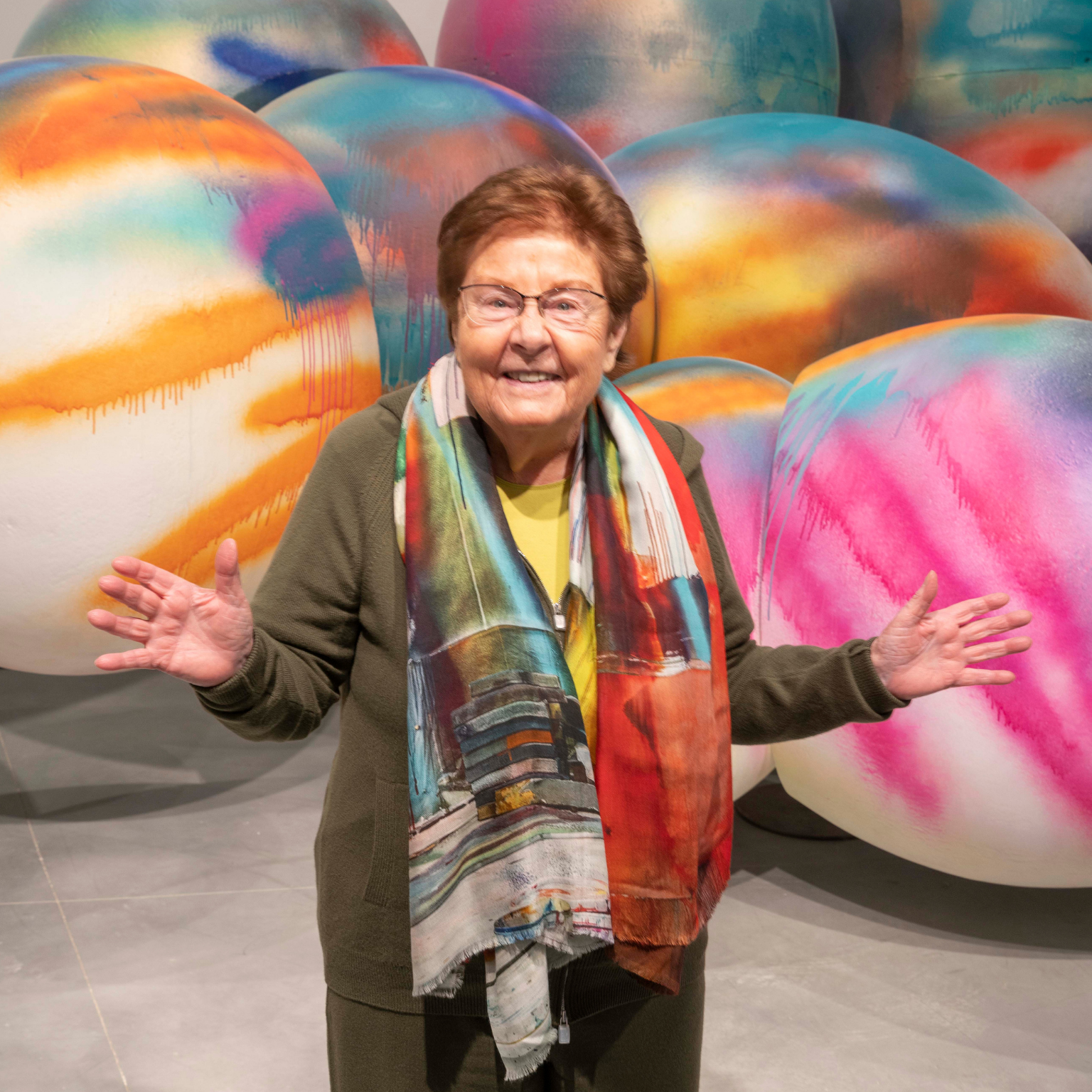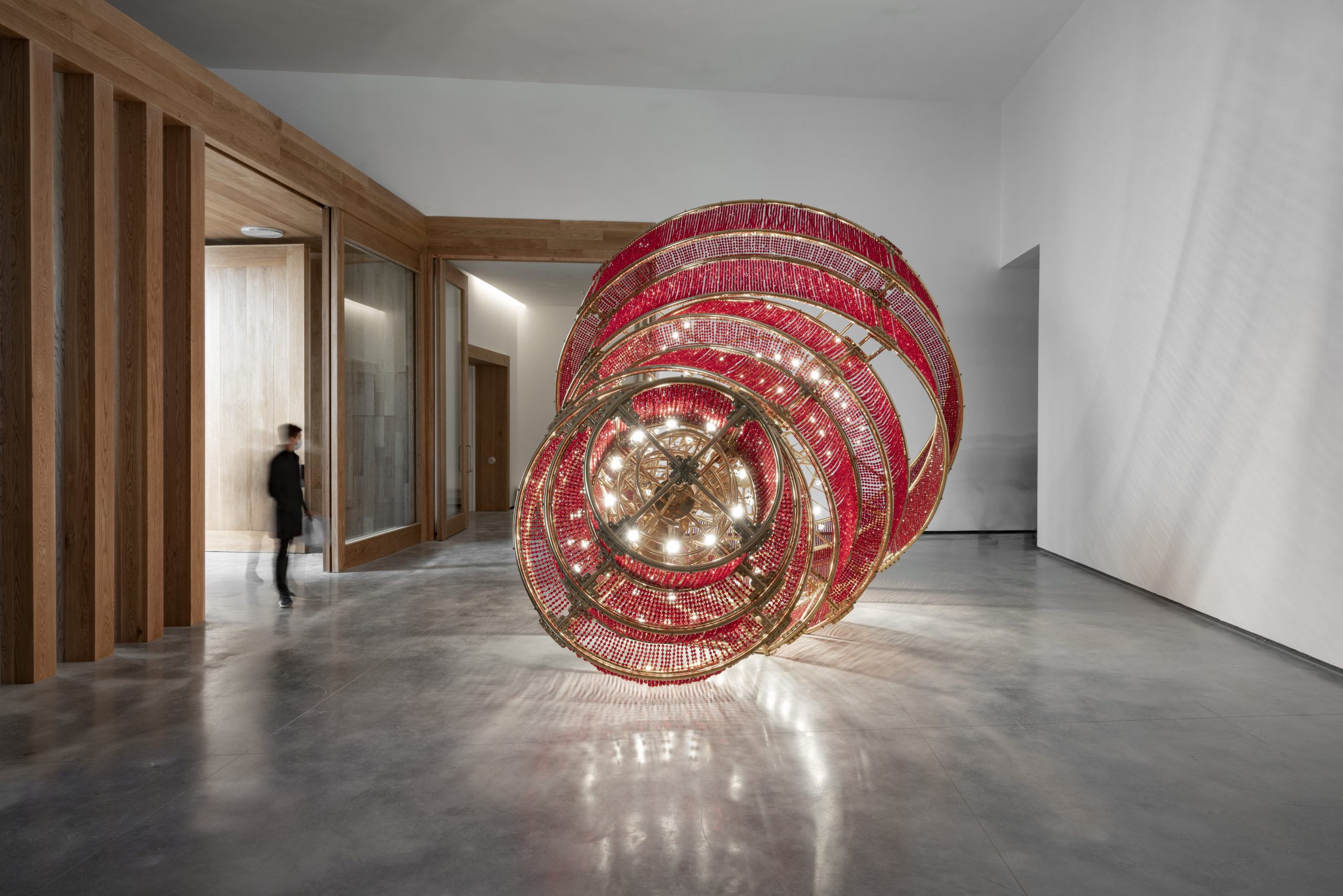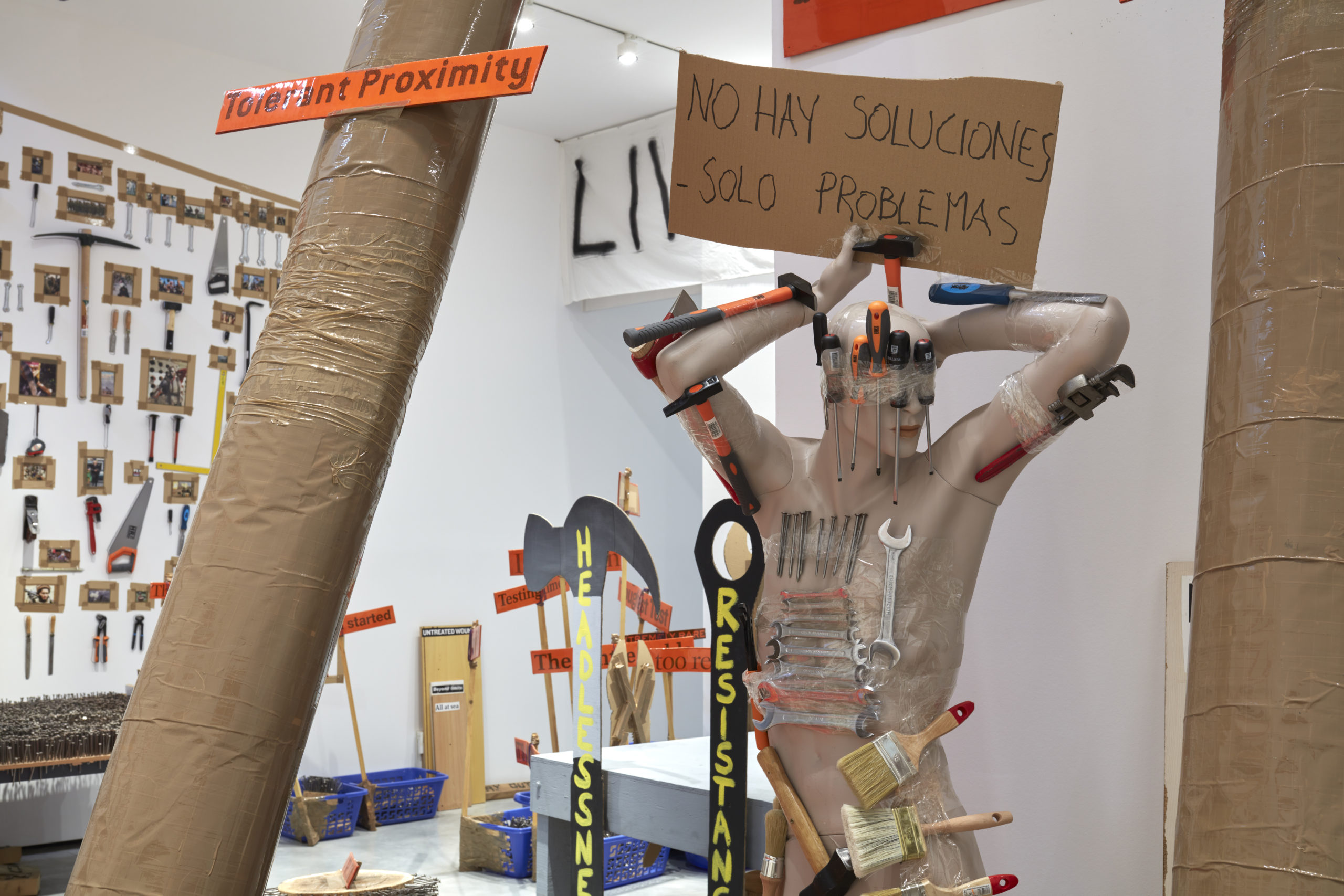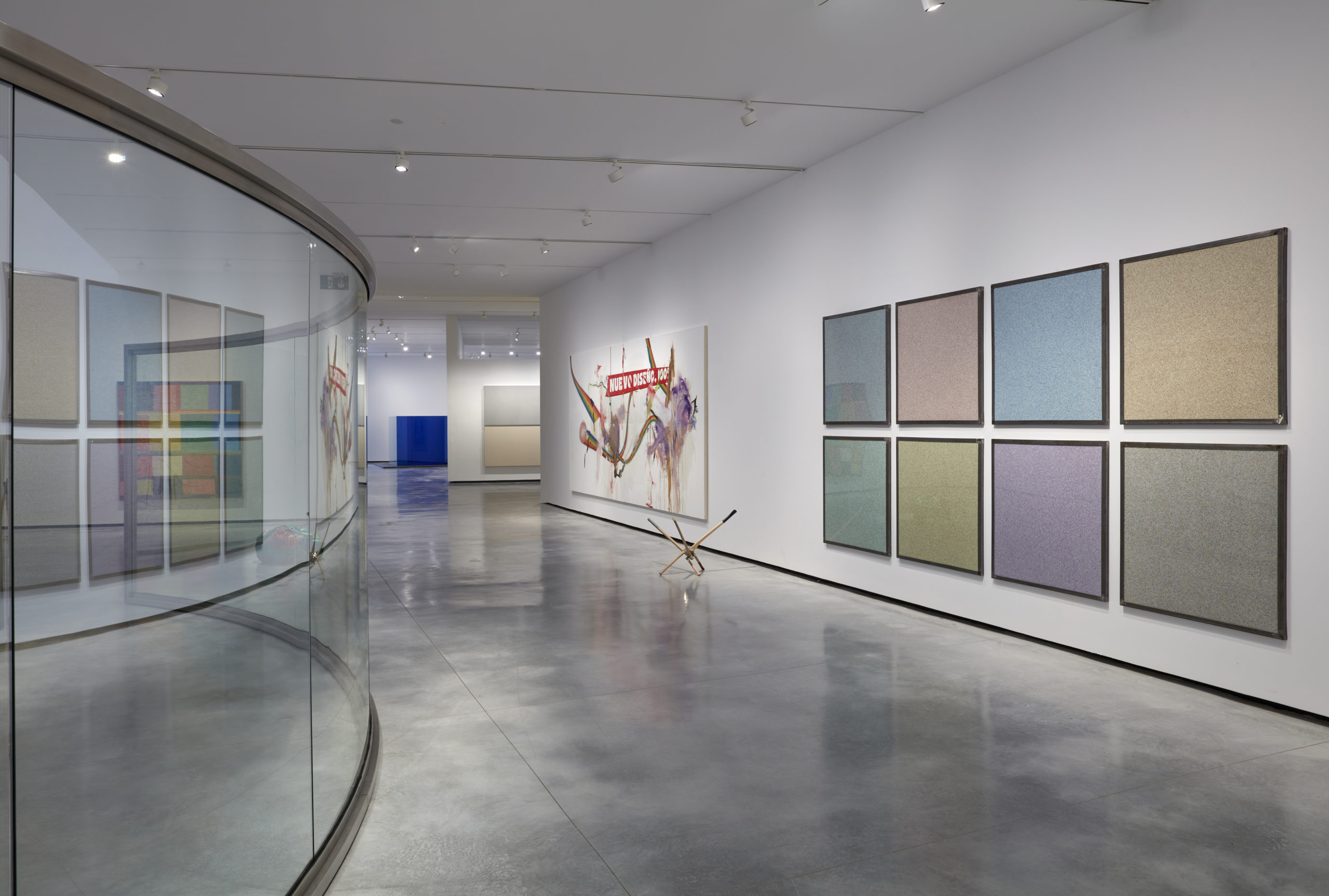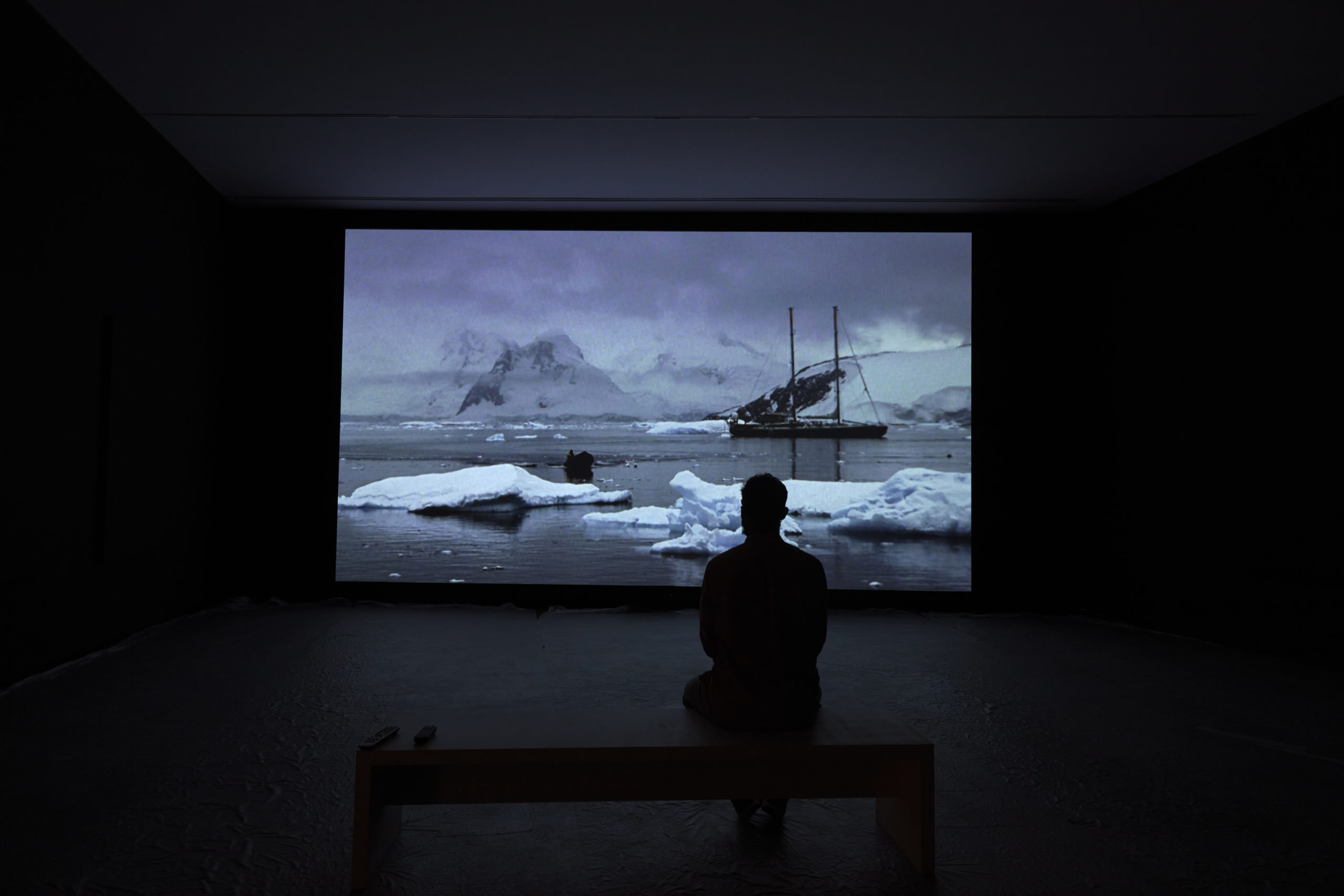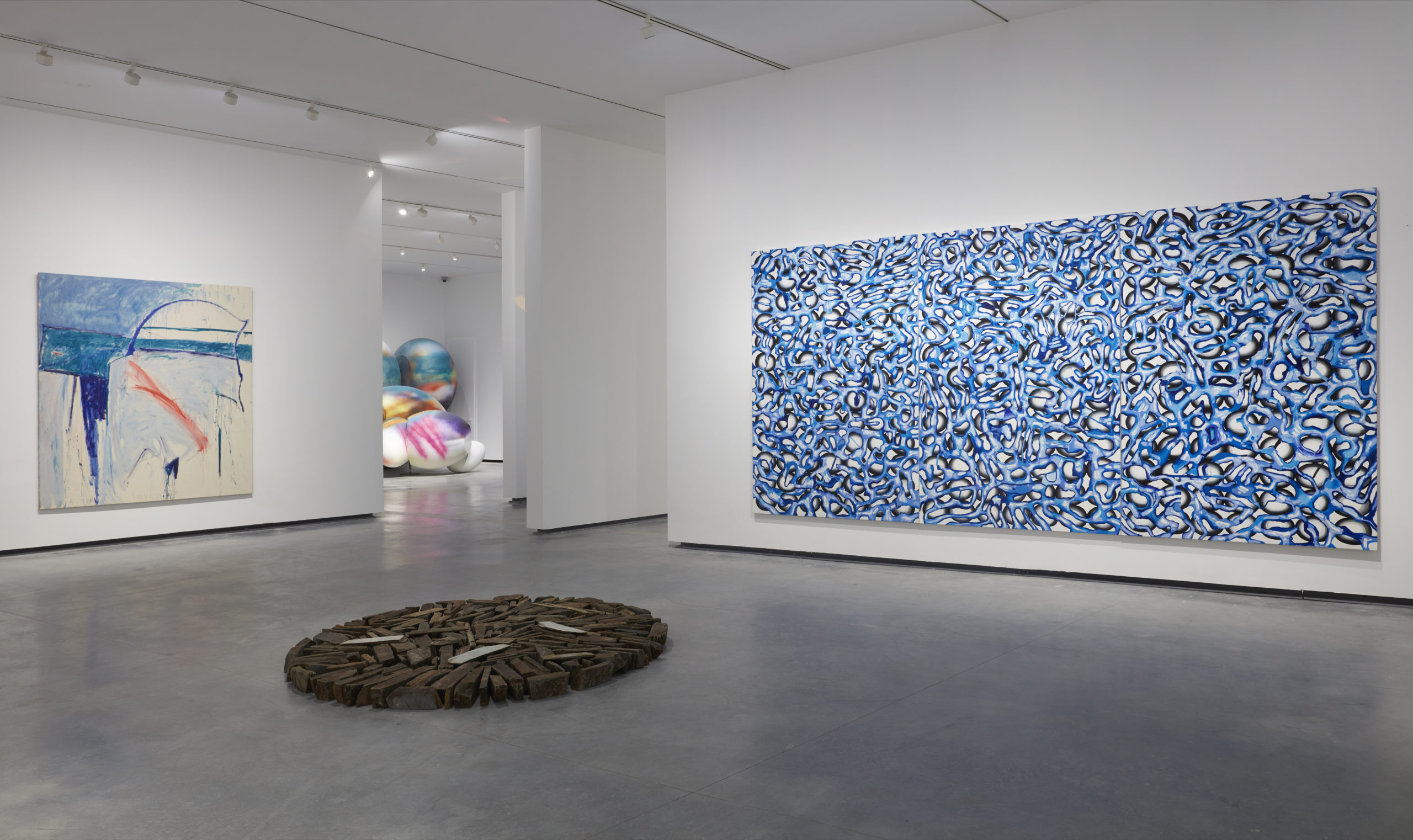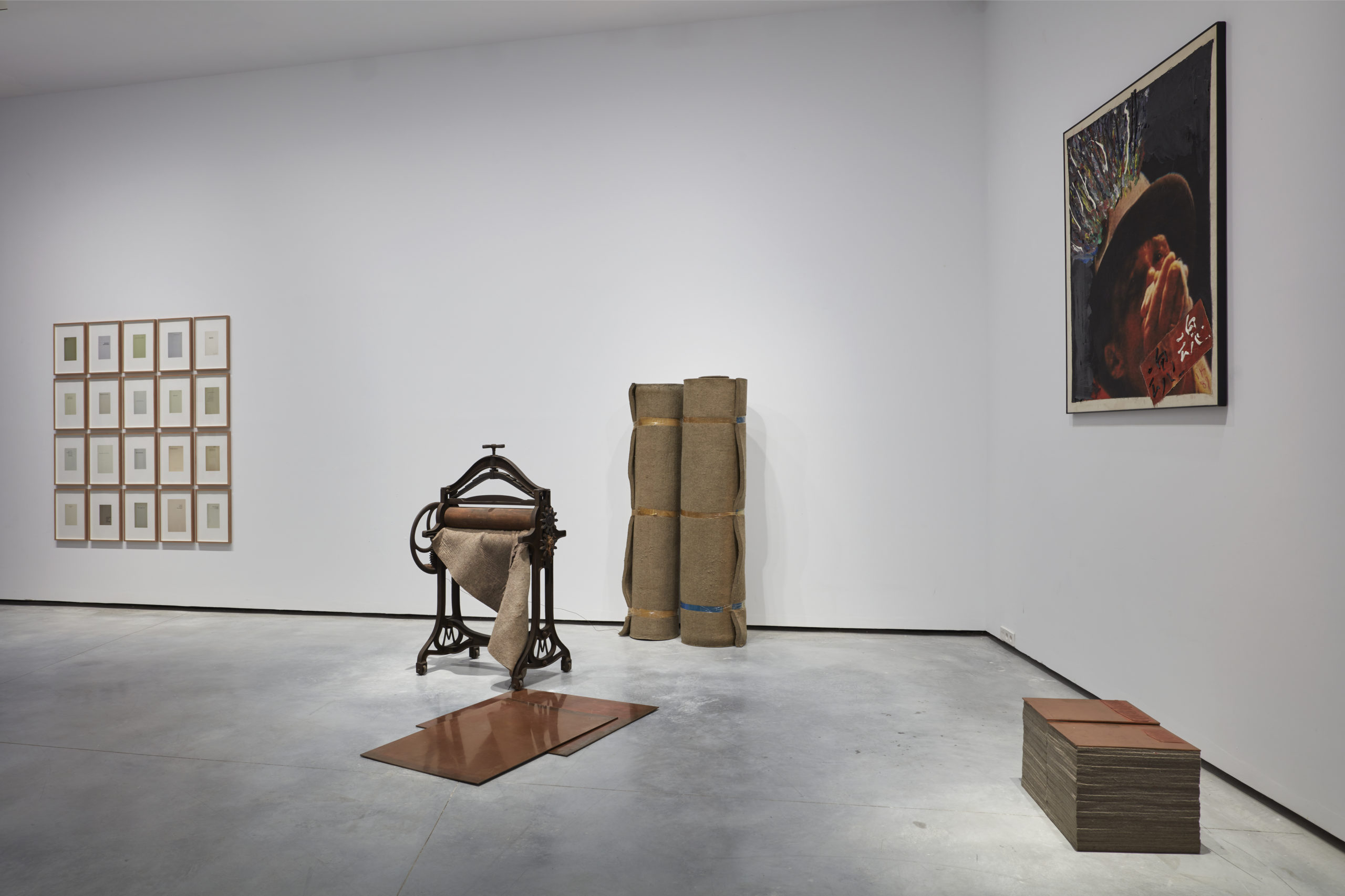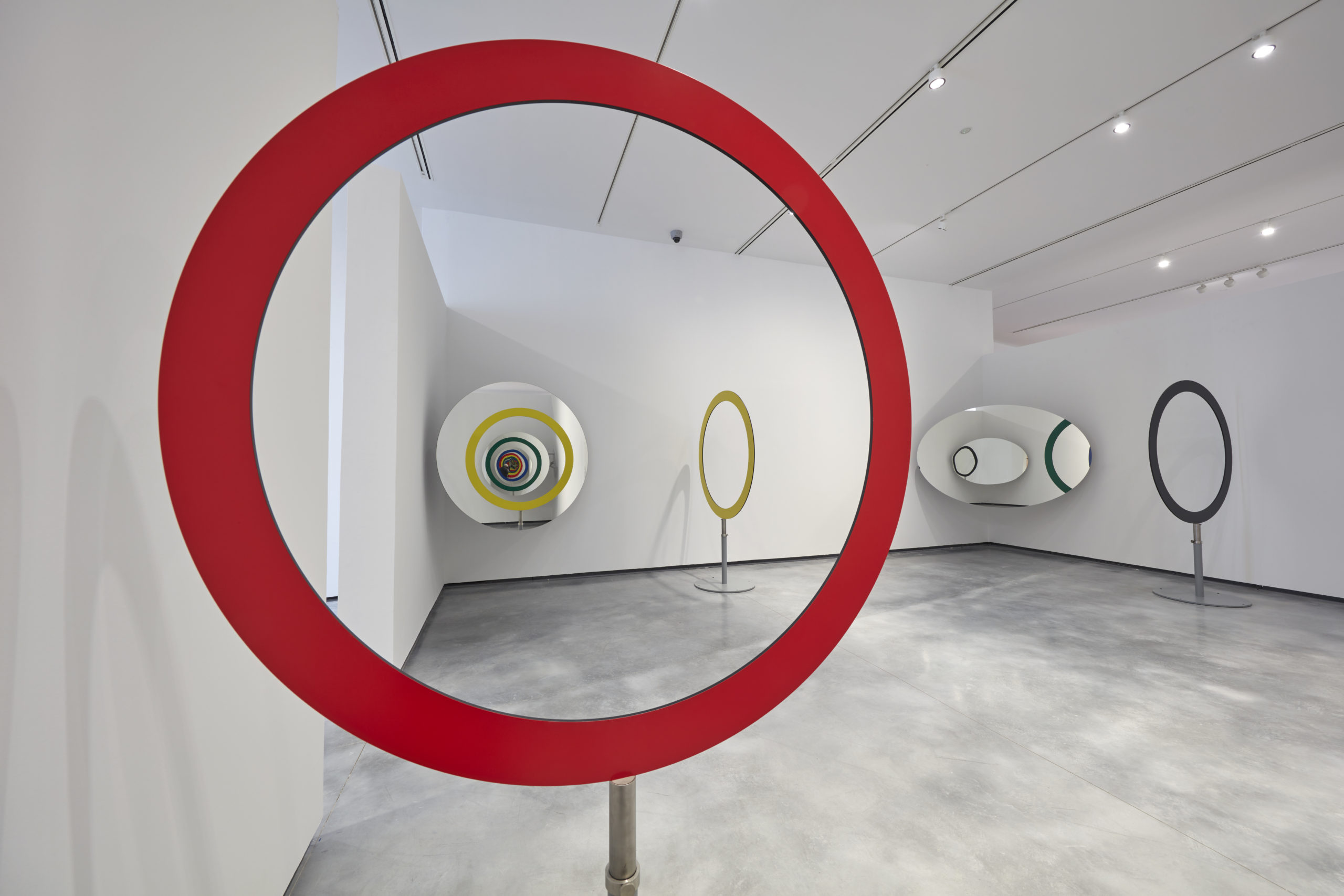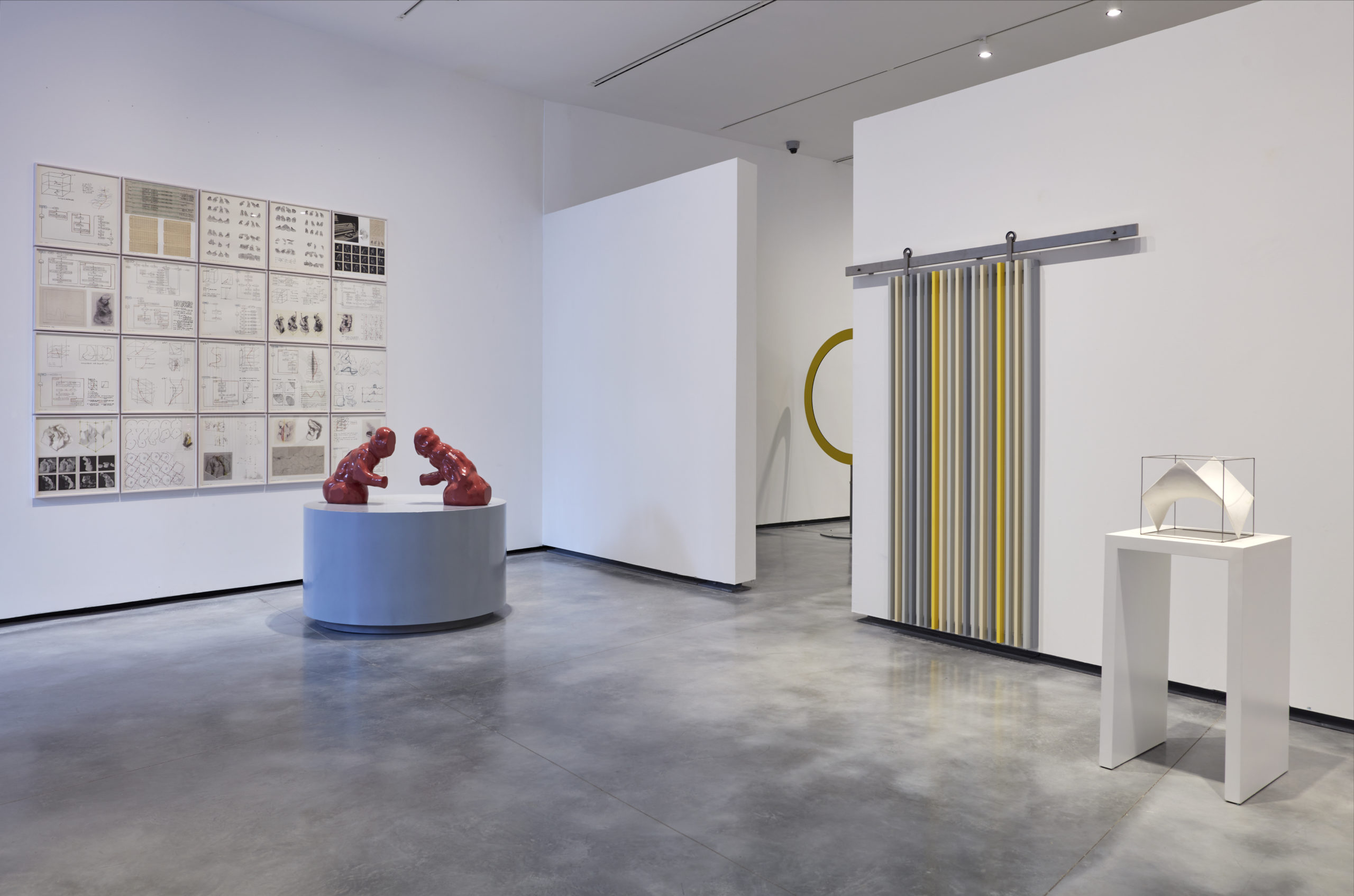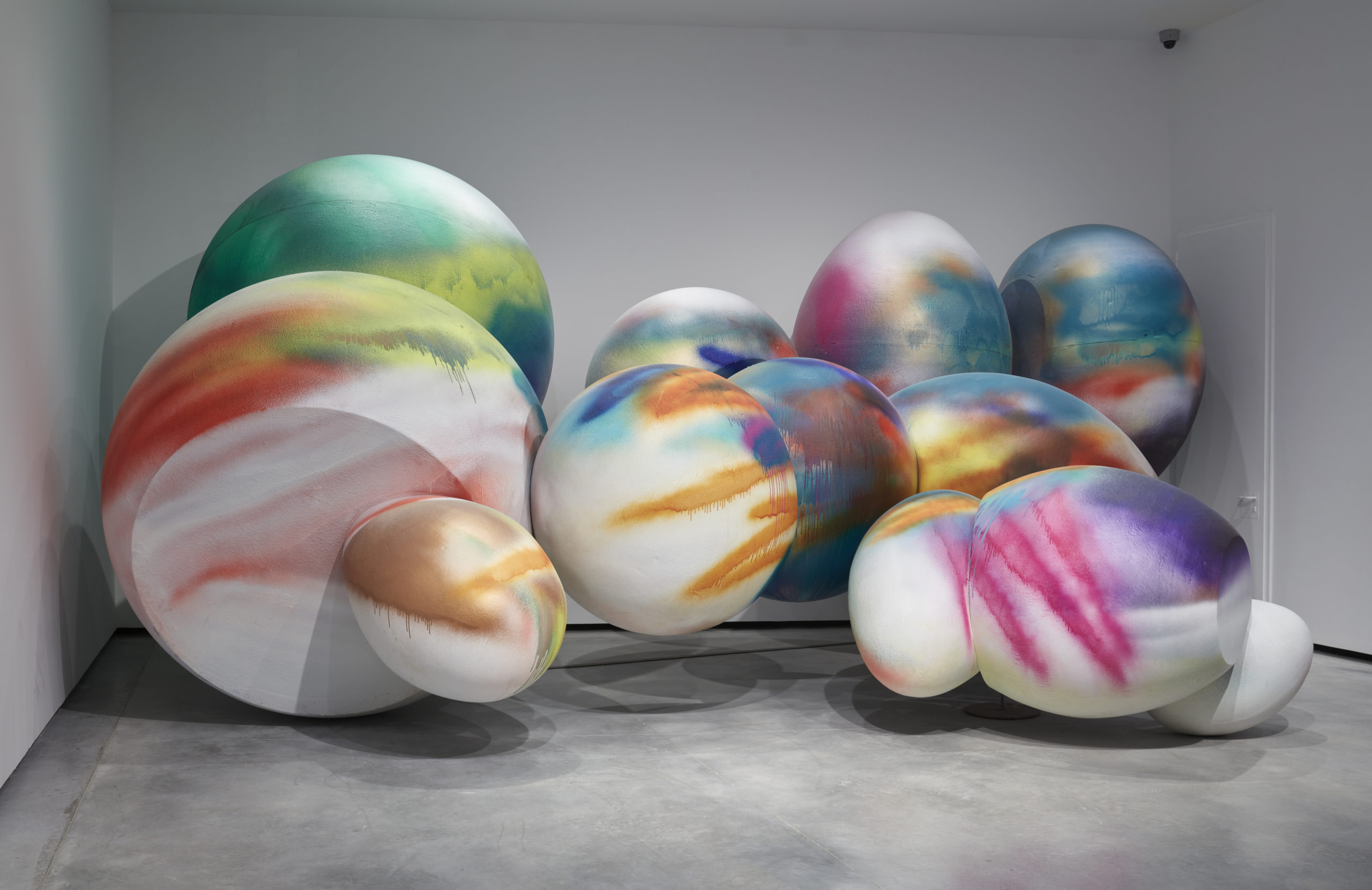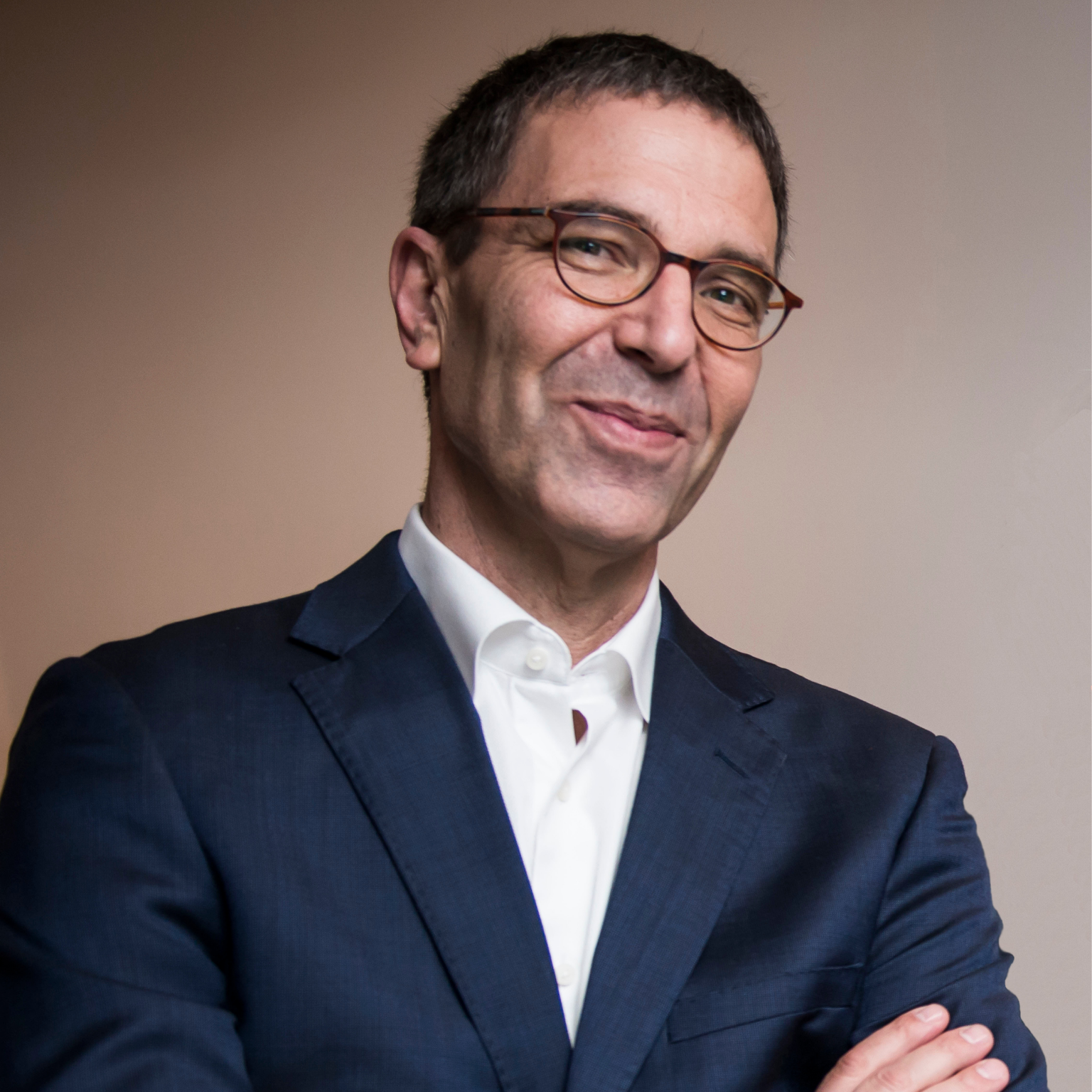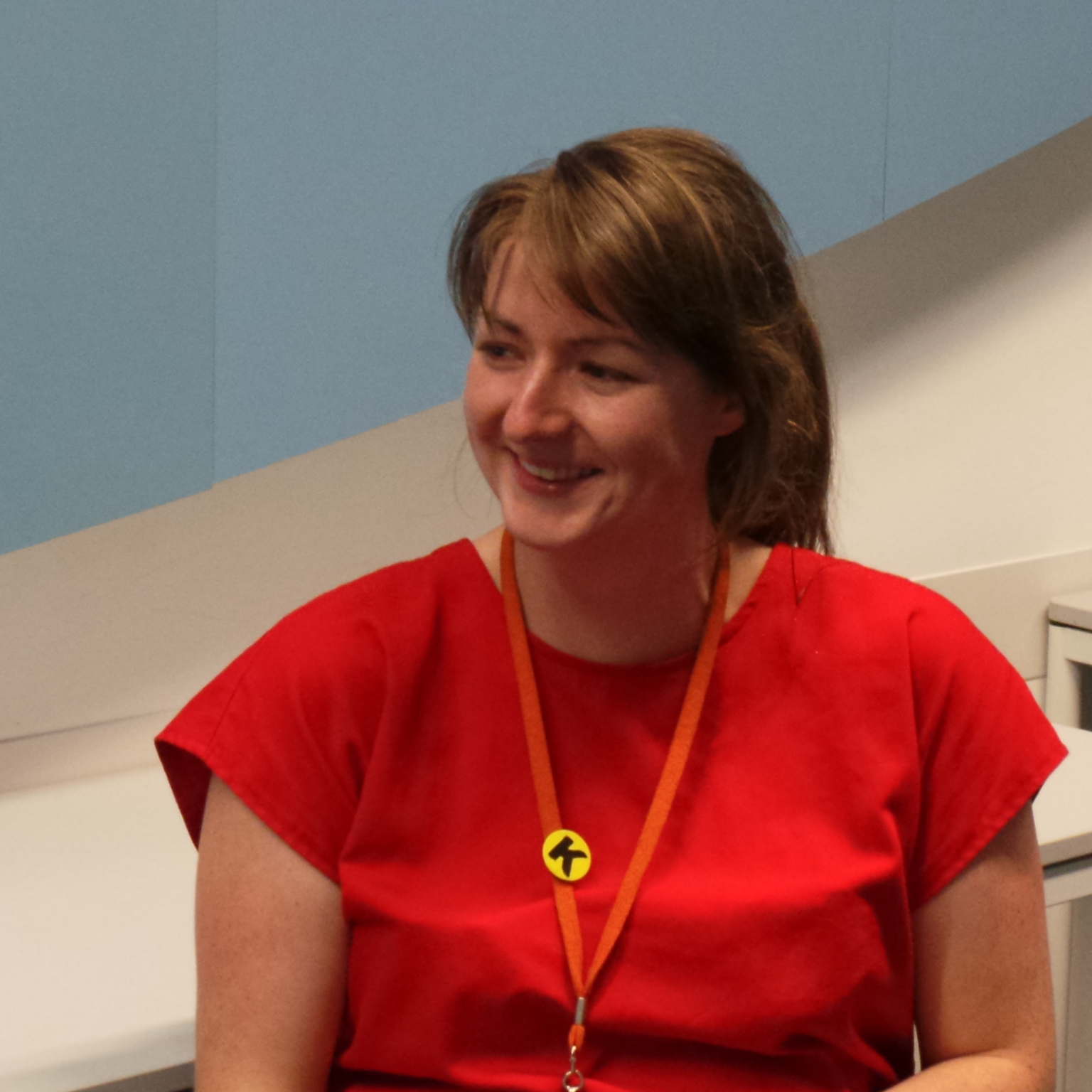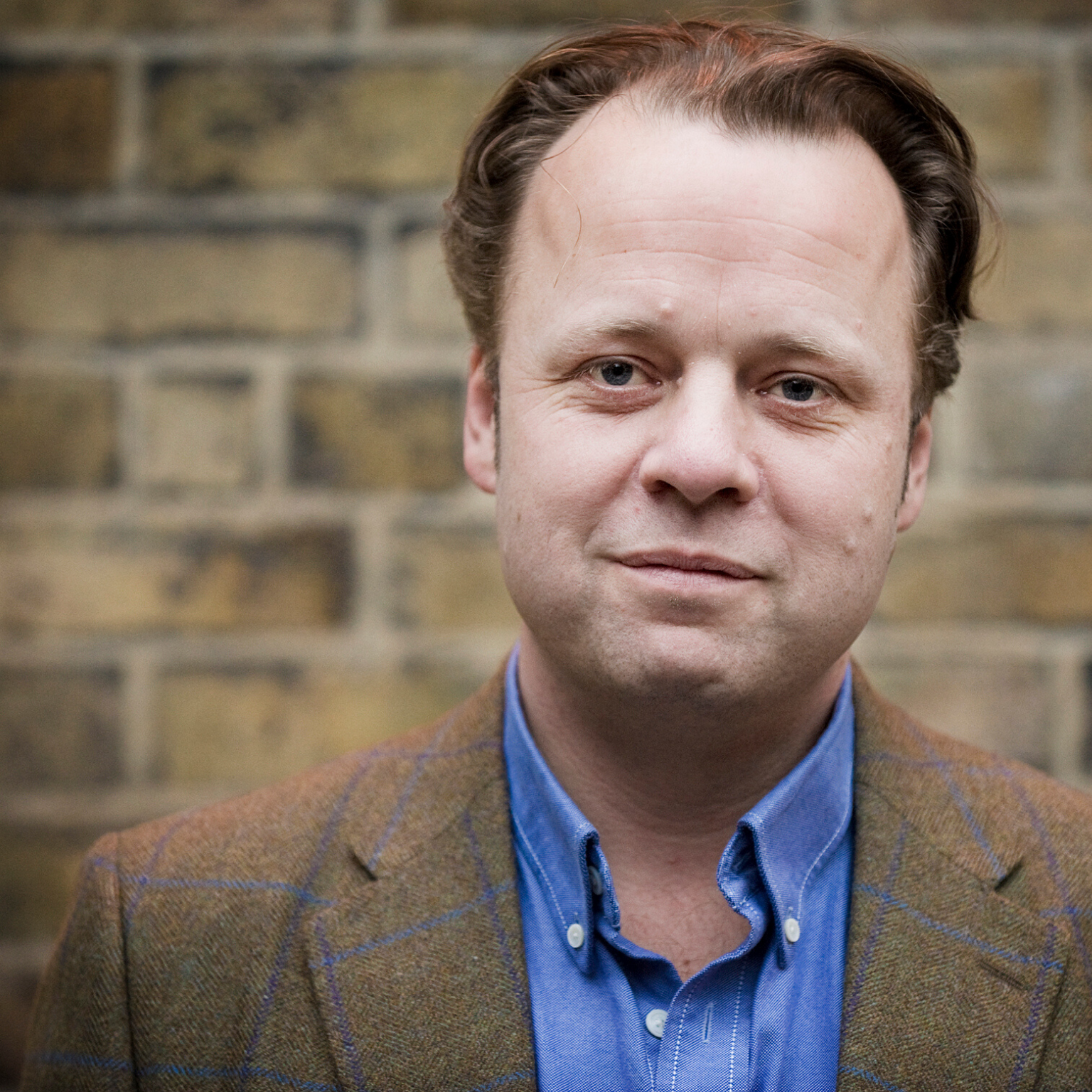Helga de Alvear, art collector and founder of the Helga de Alvear Museum, Spain. Photo © Luis Asín
1.What is your museum about and what is your work there?
The Museum of Contemporary Art Helga de Alvear in Cáceres, Spain, designed by award-winning Emilio Tuñón Arquitectos, makes the contemporary art collection that I gathered during over 40 years accessible to everyone.
It displays large format installations and sculptures, painting, video art and photography by renown artists such as Olafur Eliasson, Kandinsky, Louise Bourgeois, Doris Salcedo or Ai Weiwei, which the public is able to experience for free in a space that was specially designed to exhibit them.
The museum displays close to 200 works of the more than 3000 pieces within the entire collection that I will donate to the city. It occupies the imaginary line that separates the medieval historic centre of Cáceres, a World Heritage Site, from the most modern part of the city, thus creating a fluid communication route between the past and the present.

I am interested in contemporary art because it speaks to us of our times and of ourselves, because it creates and develops a language that can explain, in a new way, the world in which we happen to live and of which we often only brush the surface. I have been a gallerist and collector for many years and I have always wanted to share my passion with many people as possible. Now, this dream has come true.
2.How is your museum dealing with the coronavirus crisis?
The construction of the new building of the museum was almost finished when the outbreak occurred, therefore the inauguration is a milestone in pandemic times. We opened the doors of our new museum this year, on February 2021, and we have been gladly surprised by the visitor’s feedback.
At a time of uncertainty, art can serve as the anchor we can hold on to when everything is faltering and that it is precisely during this time of crisis, when society is most in need of the refuge, power and beauty that creativity grants us.
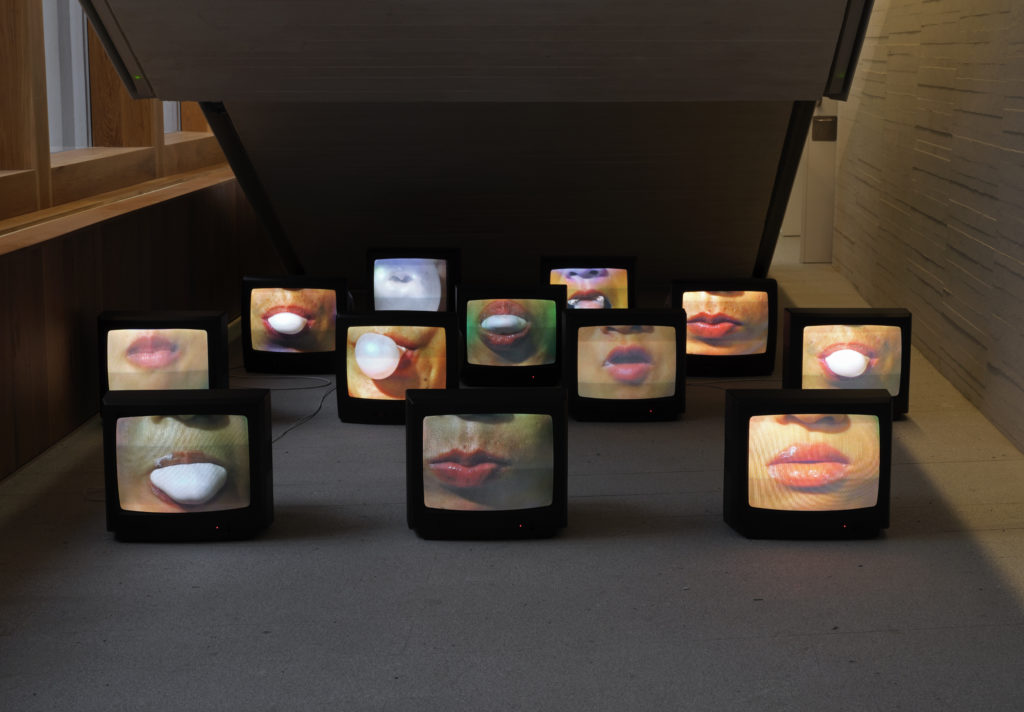
We had to make sure that the experience was 100% safe for everybody, and we have succeeded by implementing the appropriate rules regarding capacity and hygienic measures. It was a very special to see that all our time-slots were sold out and we are happy that we are able to provide a new type of experience.
The opening of the museum coincides with a moment in which museum institutions are living a paradigmatic shift and in this new scenario, it can exemplify said transformation: the museum offers access to culture with a sense of proximity and attention to local and international visitors in a space that is not overcrowded allowing for unhurried experiences to enjoy art in a way that is different from the museums in large capitals.
3.What is the impact on your digital activity? Do you have tips to share with your colleagues?
Nothing can be compared to experiencing the museum physically but we feel lucky to be able to share our collection with all the world digitally, allowing citizens to be part of our inauguration and enjoying the collection no matter where they are. We have created quality videos to introduce ourselves and the collection, we are very active in social media and we develop an app so everybody can enjoy the collection from their phones.
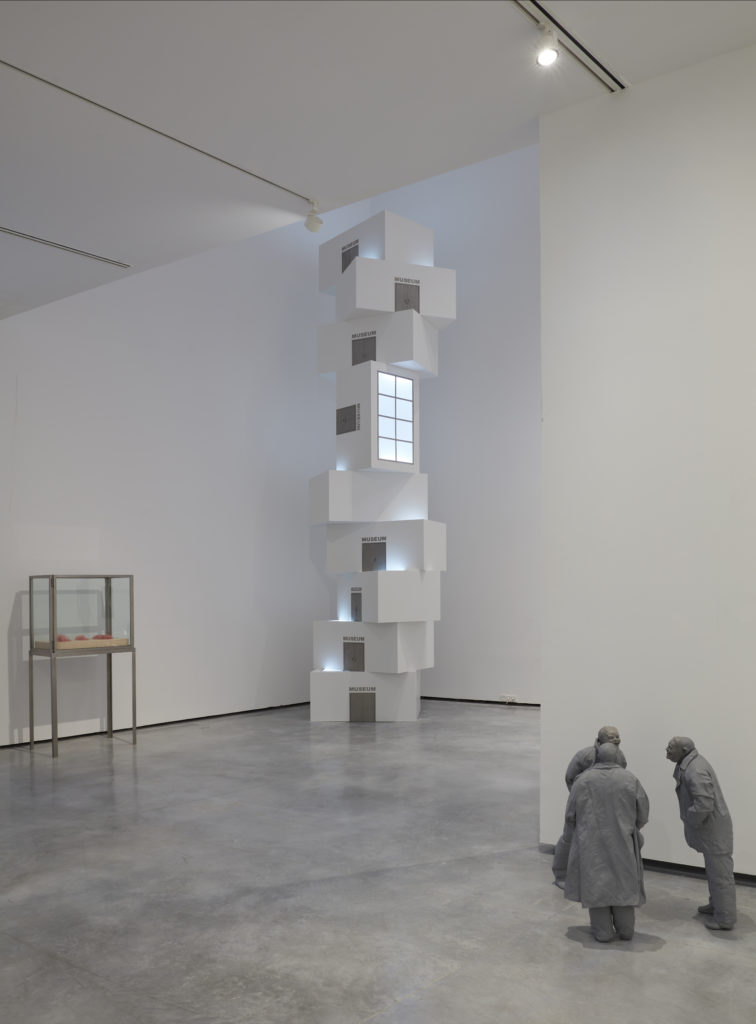
We are currently working on a new website that will allow us to share contents in a more flexible way and, inside the museum, visitors can access audio guides for free using QR codes. We are implanting new ways to facilitate the access to knowledge every day and we will keep doing so. For example, we have a room dedicated to Goya and his Caprichos.
We wanted to share some books and lectures, but instead of doing it with physical documents, we rather created a compilation that can be access via QR. Now, even our youngest audience is reading enriching texts about the artwork and they grew their curiosity. We have just started, but we will keep creating digital activities through the year. Instagram is now full of pictures and stories from our visitors and we feel it is as a gift that we thank every day.
4.Are you preparing yourself for the reopening or you are already opened? Tell us in what way.
We are open! We inaugurated our new space in February and tickets are sold out for the next couple of months. It has been an inauguration for the people of Extremadura and Spain because international travelling has not been allowed, but we will have many other openings through the year so all art lovers can come celebrate with us when the time is appropriate.
Our collection is very international, and so we are, so we are very much looking forward to the moment to invite artists to come to Cáceres and receive visitors from all over the world.
Interview by Fabio Pariante, journalist – Twitter
MORE
The Helga de Alvear Museum on social networks: Instagram – Twitter – Facebook
Helga de Alvear (Kirn/Nahe, 1936) has lived in Spain since 1957, and she worked for the famous art dealer Juana Mordó who introduced her to many of the leading artists of the day including Eduardo Chillida, José Guerrero, and the Cuenca and El Paso groups, which played such a significant role in the Spanish post-war avant-garde. Her close relationships with artists led her to begin developing her own collection.
In 1995, she opened her own gallery which championed international contemporary art with a special emphasis on photography, video and installation – at a time when these mediums were practically unknown in Spain. In 1982, she helped to set up ARCO in Madrid, one of the most important contemporary art fairs internationally. She was also instrumental in developing the Fundación Museo Reina Sofía in Madrid. She established the Fundación Helga de Alvear in 2006, with support from the Regional Government of Extremadura and the City Council of Cáceres, among other institutions.
Since then the Foundation has supported, promoted, researched contemporary art, and Helga de Alvear has been honoured with many awards. The Helga de Alvear Museum was founded in response to Helga de Alvear’s wish to share her collection with the public and to the intent of several public institutions in Extremadura to provide Caceres with a centre for research, promotion and education in the field of contemporary visual arts.
